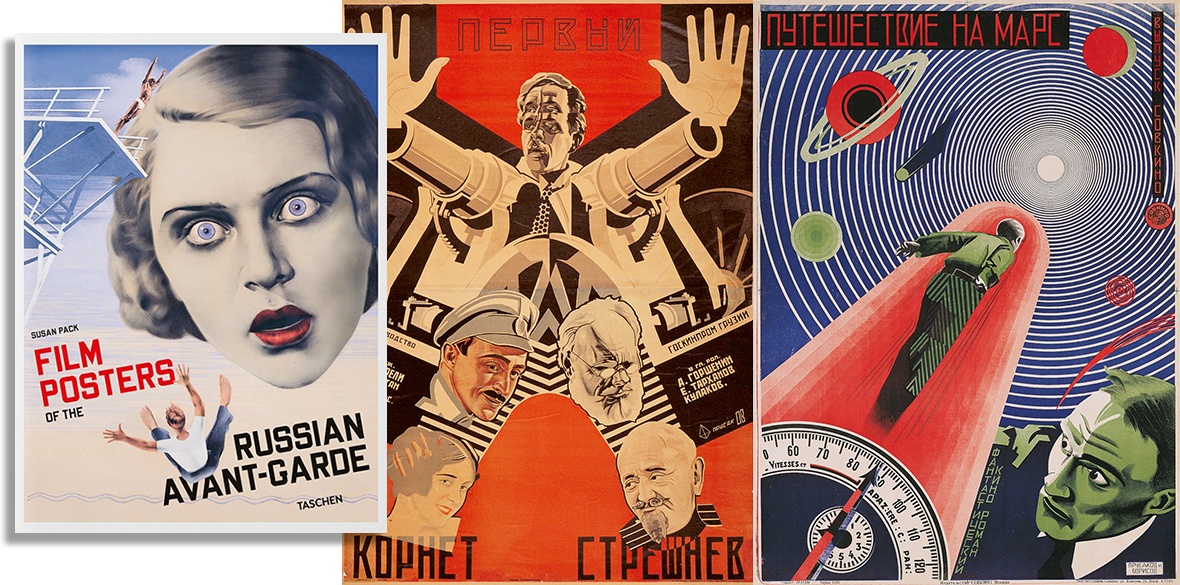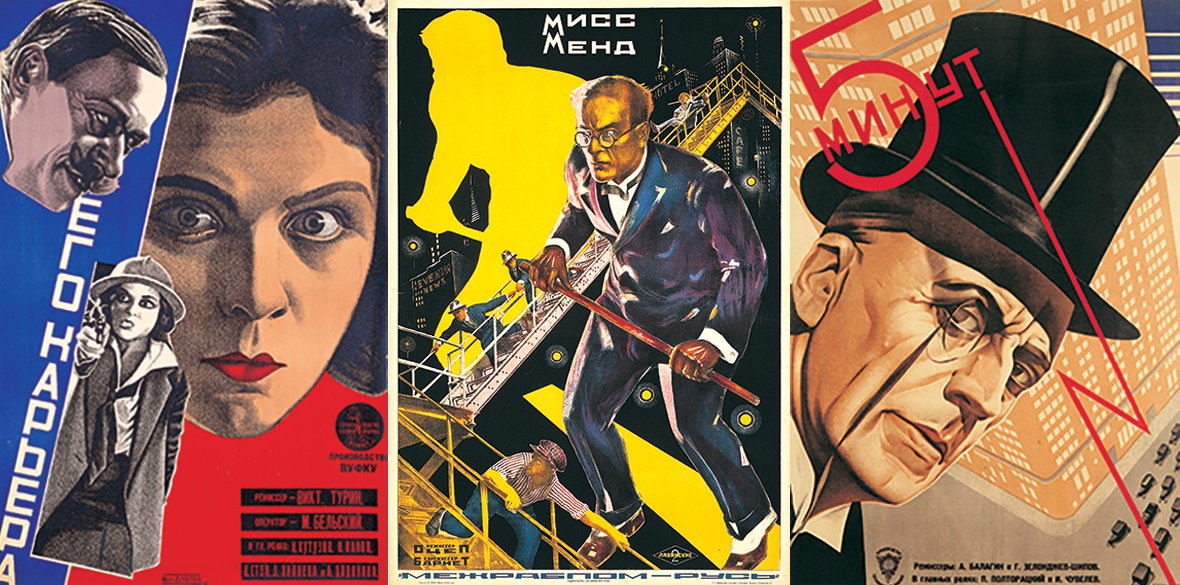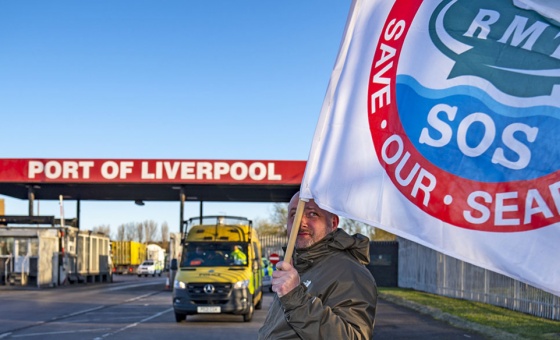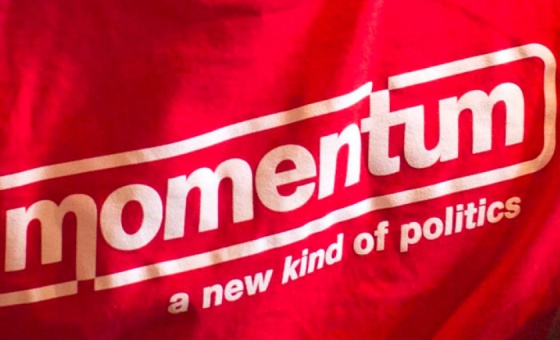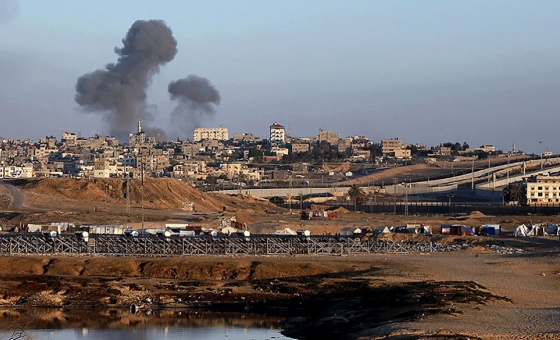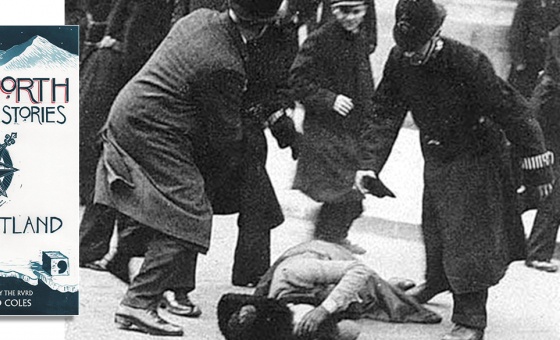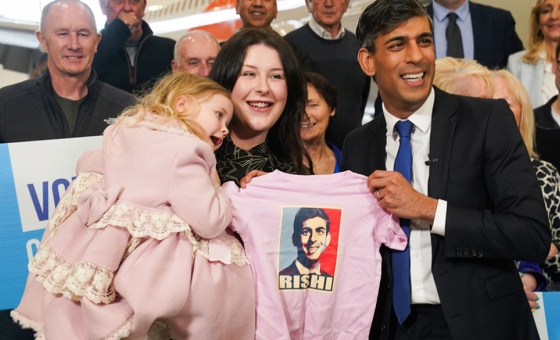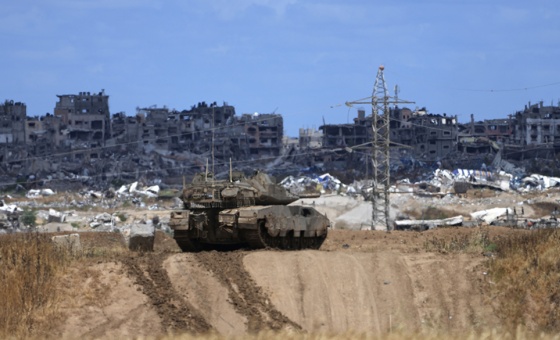This is the last article you can read this month
You can read more article this month
You can read more articles this month
Sorry your limit is up for this month
Reset on:
Please help support the Morning Star by subscribing here
Film posters of the Russian avant-garde
by Susan Pack
Taschen £34.15
FILM posters are among the most memorable graphic images generated during the first decade of the Soviet revolution.
Lenin, who believed “that of all the arts the most important for us is the cinema,” nationalised the film industry on August 27 1919 and in the same year the world’s first state-filmmaking school, the First State School of Cinematography, was established in Moscow.
The Soviet slogan “Art into life” encouraged artists to assume social responsibility in their work be it furniture design, fashion, architecture, photography, theatre stage design or the modernised film industry.
“Art for the proletariat is not a sacred temple for lazy contemplation, but work, a factory, which produces artistic objects for everyone,” wrote poignantly Osip Brik.
A group of gifted graphic designers were recruited by the head of Reklam Film, Yakov Ruklevsky, from graduates of the Vkhutemas, among them Georgii and Vladimir Stenberg (with 300 posters), Nikolai Prusakov, Mikhail Dlugach (500 posters), Alexander Naumov, Leonid Voronov and Iosif Gerasimovich — with the simple brief of popularising and advertising all the films to hit the cinema screens.
What followed is a well documented eruption of design genius that astonishes to this very day. Improbable close-ups, dramatic vertigo-inducing angles, rhythm-creating repetition, movement, animation, montage, contrasting flat colour with photographs of protagonists or their faces, these posters became the talk of the town.
Vladimir Stenberg described these posters as “everything being in motion, because in films everything moves.”
Printed in runs of between 8,000 to 20,000 they were immediately fly-posted on the facades of cinemas, fences, specially designated free-standing pillars instantly becoming an exciting, intriguing and stimulating everyday sight that enlivened the built environs.
Susan Pack selected 250 from her own collection for this large-size, sumptuous volume of over 300 superbly designed pages. Although posters by 27 artists are included each with a distinct style and approach, there are many shared aesthetic features.
In July 1923 Leon Trotsky wrote in Pravda about cinema: “[it] amuses, educates, strikes the imagination with images, and liberates you from the need of crossing the church door.”
“If the public is not interested in a film we produce it will become boring agitation and we shall become boring agitators,” suggested critic and essayist Anatoly Lunacharsky, the then People's Commissar responsible for education.
But you’d be wrong to assume that cinemas became hives of revolutionary indoctrination, zeal and/or inspiration. The most popular films were actually the relaxing and entertaining Russian comedies of the time such as The Three Million Trial, The Love Triangle or The Private Life of Pyotr Vinogradov or thrillers like Miss Mand. US-made westerns and adventure films were also popular as were those with Chaplin and Harold Lloyd.
When Lunacharsky went to the first run of Sergei Einsenstein’s Battleship Potemkin he found the cinema half empty. And yet Alexander Rodchenko’s poster for the film remains to this day a seminal, age defining image — a singular icon of October.
With illiteracy levels very high (49 per cent in 1926) and no radio broadcast of any significance, single reel shorts and news updates were the staple of all cinema shows providing entertainment, political messaging, or indeed information.
Breathtaking visual information on the “10 years that shook the world of graphics” is what this book offers in abundance. Highly recommended.

